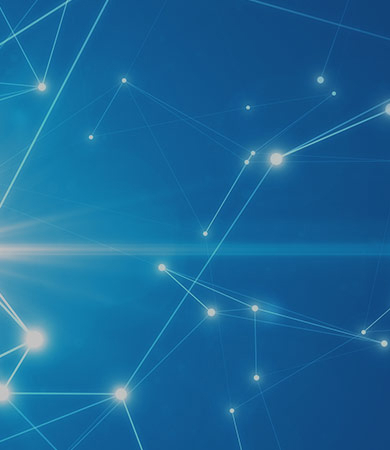FAQs about managed IT services
We provide a comprehensive managed service for all your cloud computing needs to help you achieve agility, scalability and efficiency on your terms but if you still have questions, our FAQs about IT managed services could help.
FAQs about data centres
We look after cloud-based data for growing organisations that require maximum security, future-proof IT infrastructure and total peace of mind but if you still have questions, these FAQs might help...
FAQs about IT networks
We know your organisation depends on its IT infrastructure to run effectively. You need reliable network services with guaranteed connectivity to keep your business running smoothly. Our state of the art IT networking services do exactly that but if you want to know more, these FAQs could help.
FAQs about virtualisation
Moving your servers to a virtualised environment means using less hardware, creating space in your server room and reducing energy consumption from server room equipment, which can all add up to lower running costs. Learn more about virtualisation with these simple FAQs.
FAQs about the cloud
Forward thinking organisations are increasingly moving away from traditional on-premise solutions and embracing the significant rewards of a cloud first strategy. If you have questions about the cloud, these FAQs could help.
FAQs about cyber security
Effective cyber protection requires expert security knowledge, contemporary understanding of the threat landscape and best practice remediation measures. If you have questions about cyber security, you can find some of the answsers here.
FAQs about cabling
Data cabling is the backbone of your network infrastructure. In fact your IT cabling system is the foundation for broadcasting and transferring data and multimedia information throughout your business and premises. If you'd like to know more about data cabling, these FAQs are a good place to start.
FAQs about wireless networks
As well as boosting connectivity and productivity, the right wireless network solutions can significantly reduce your hardware costs and IT support requirements. They can take building control and automation to the next level, too, creating intelligent, energy saving workplaces and homes. Find out more about wireless networks with our handy FAQs.
FAQs about broadband
We offer a range of Fibre and ADSL broadband solutions – ideal for a host of uses and requirements. Whether you're choosing a rolling ADSL contract, connection to a temporary site, or superfast Fibre to support your business, our range of flexible and bespoke options will get you connected. Find out more about broaded with these handy FAQs.

